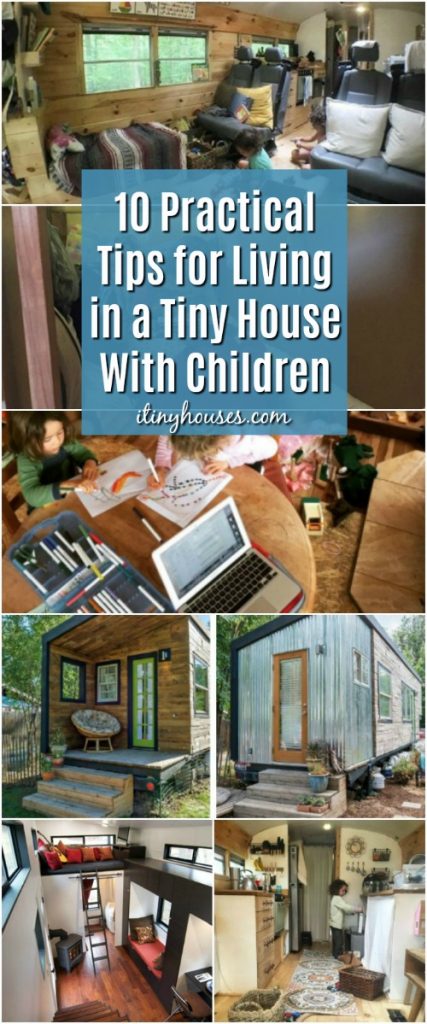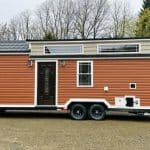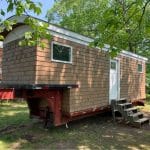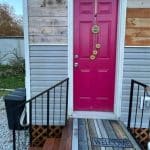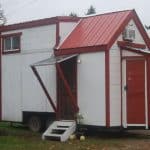If you have children, there are a lot of benefits to living in a tiny home. You can save money on housing and utilities, which means you have more to spend on your kids. You can also teach them about frugality and eco-friendly living.
But there are some obvious drawbacks too. Kids have a tendency to create chaos, and even in a full-size house, that can be challenging to deal with. It might make you wonder how living in a tiny house with children is even possible.
If you plan ahead, you can make it work—and it can be a great experience for you and for your children. Here are 10 real-life tips for living in a tiny house with kids!
Article Quick Links:
1. Be practical with your home design.
It all starts at the drafting board. If you want to live comfortably in a tiny home with kids, you need to choose a layout and features which will help simplify your life.
That means for example choosing to go with a larger sink than most tiny houses include, since your dishes will pile up fast. You might also want to consider incorporating a small bath tub for very small kids instead of just going with a shower.
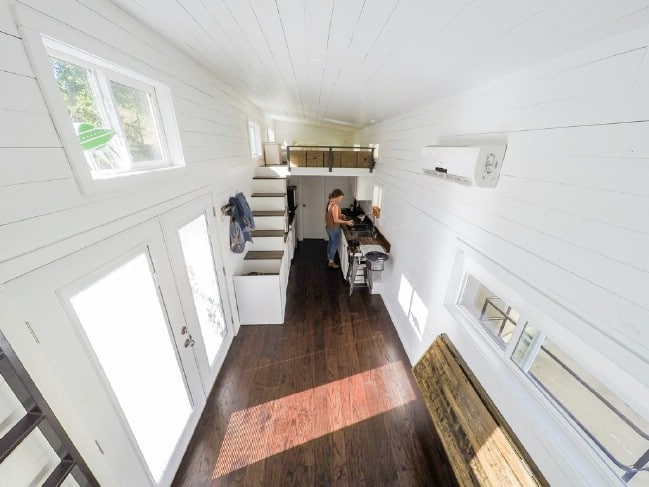
2. Aim for a nice big porch in a setting where kids can run around and play.
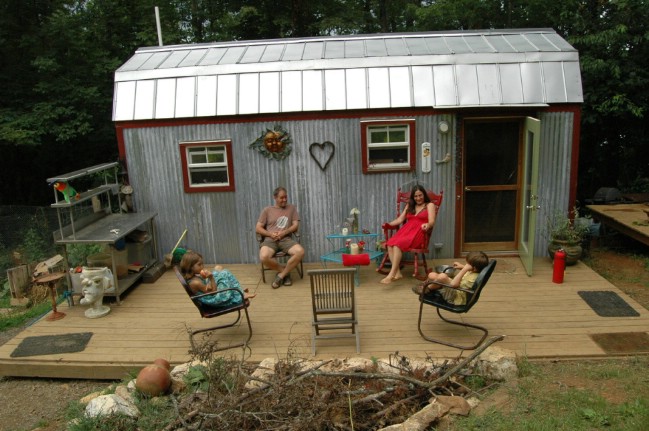
Whether you grew up in a small apartment or a huge suburban house, you probably can recall a lot of days spent playing outside as a child. Kids don’t enjoy spending every minute indoors, especially in cramped quarters.
For that reason, you should try and build a large porch for your tiny house. That way your kids can hang out outdoors and relax, but still be close by. If you can park your home somewhere beautiful, maybe with a meadow or park nearby or some woods, that is even better. That way children can have adventures outdoors and not feel confined.
3. Design your home with expansion in mind.
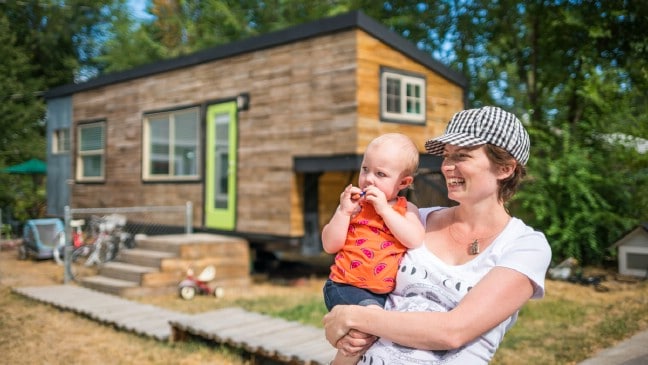
The home you see in this photo belongs to Macy and James Miller. Originally the two were living in the house alone, but they were planning on having a family. For that reason, they made a smart decision—they made their home expandable. The house had a covered patio attached to it in the beginning, but they later closed it in so that their kids would have their own bedroom.
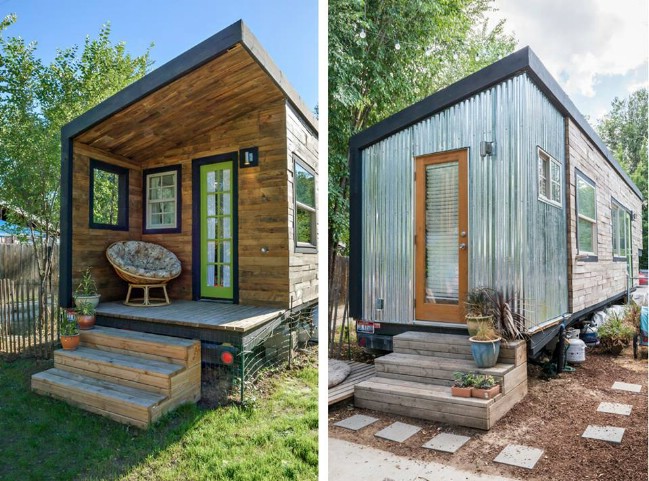
4. Set up spaces in your home for kids’ storage.
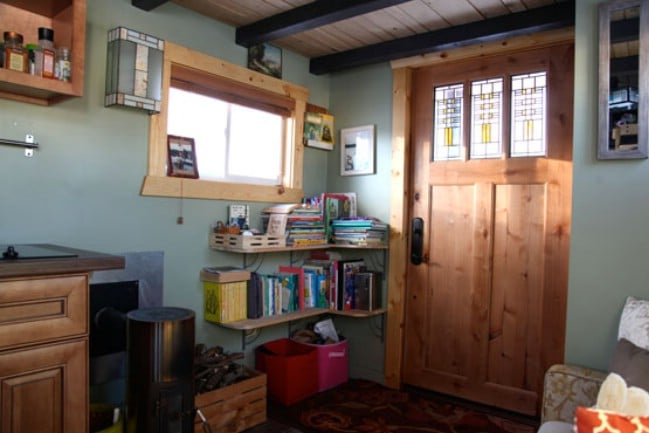
When you live in a big suburban home, you have the luxury of a lot of space. That means that most if not all of your children’s possessions probably are stored in their bedrooms, and the rest of the house is for your stuff.
That doesn’t work in a tiny house, however. Everyone needs to share the space equally. That means that kids’ stuff will be stored not just in their lofts, but in the main living area. In this photo, you can see the “kids’ corner” in a lovely tiny home owned by the Kasl family.
5. Set aside spaces for private time.
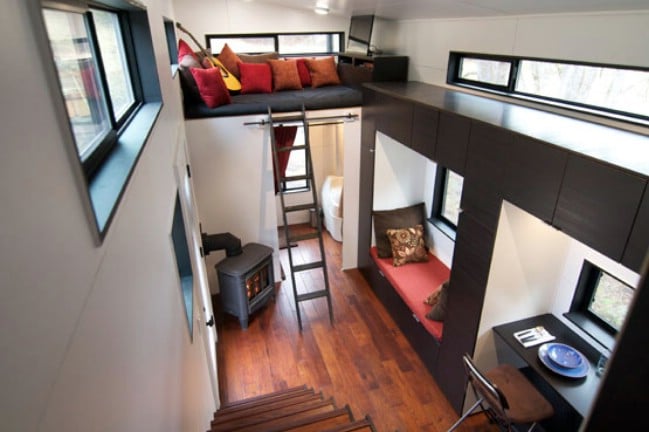
Everyone needs privacy—which is difficult to achieve in a tiny home. Privacy is important for kids and even more important for teenagers. So when you are selecting your layout, make sure it has some private “nooks” like this home owned by the Morrisons
6. Plan at some point to build tiny houses for your teens.
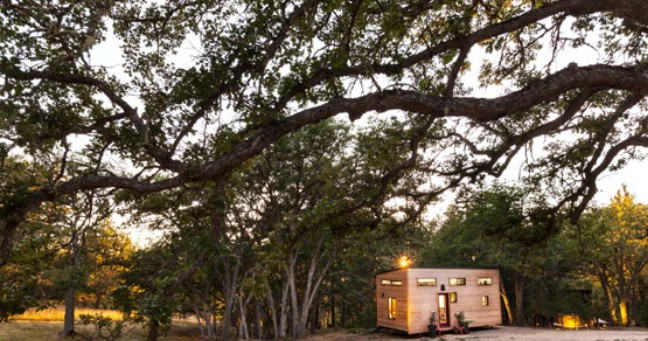
Previously I shared the kids’ corner in the Kasl family home. At present, the Kasl kids are young, and feel comfortable living in tight quarters with each other and their parents. But the Kasls are realistic, and know that one day, their kids will probably want more autonomy.
So the Kasl parents have a great plan for what to do when their kids become teens. “We are looking forward to a big high school project of helping each of the kids build their own tiny houses,” they explain. “Building their own houses will give them an opportunity to gain construction skills, learn how to be self-sufficient, and give them the option of starting a life with mortgage freedom.”
What a brilliant idea. Tiny house living can result in more freedom and autonomy for growing kids, not less.
7. Give kids a “hideaway.”
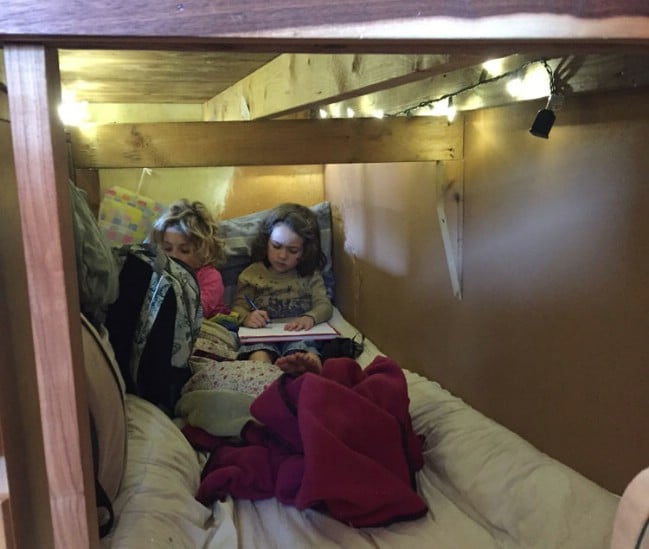
When it comes to privacy, sometimes a “nook” is not really enough. Teri over at Homestead Honey came up with the genius idea of creating this “Kid Cave.” It is a completely private space underneath a bed where her small children can truly have their own space.
8. Put away materials for projects at the end of each day.
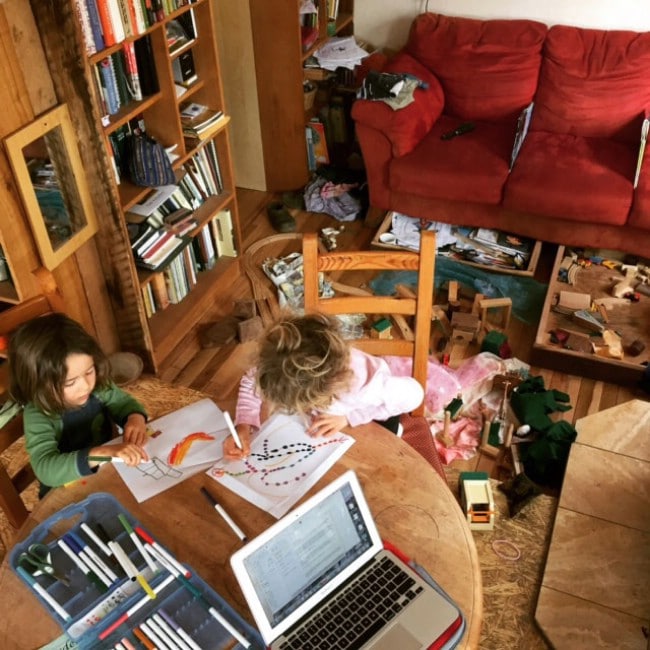
Any project which you or your kids (especially your kids) work on is going to turn the living area of your home into a total mess. If you lived in a full-size house, those projects would be confined to the basement, garage, kids’ rooms, and so on—so it would be okay to leave them out until they are completed.
In a tiny house, you do not have that luxury. If projects are left out, the clutter will accumulate rapidly, and very soon, you will not have space to eat, relax, and do other daily activities. So you may want to designate a cabinet somewhere in your home where projects-in-progress and supplies can be easily stowed away at the end of each day.
9. Use a storage shed for toys.
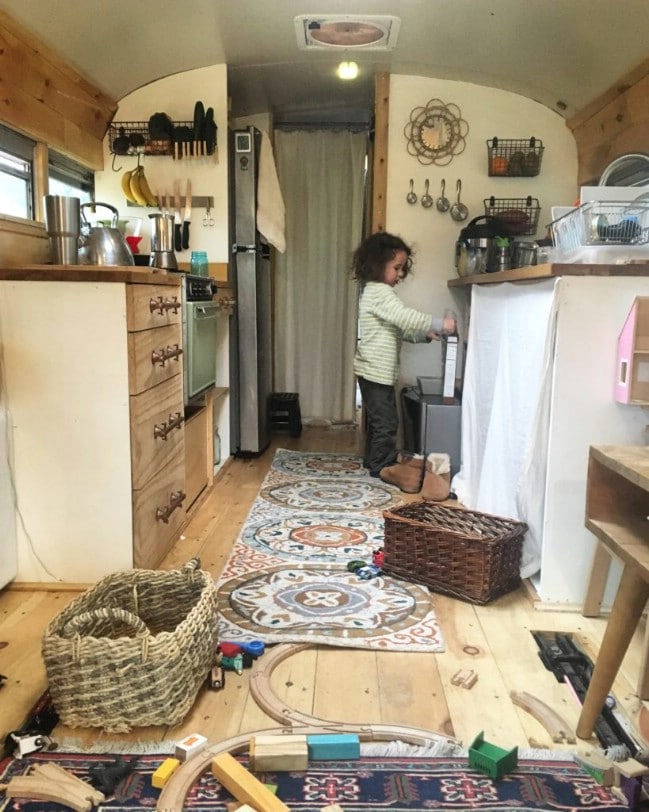
Kids’ toys can easily add up to a lot of clutter, so you will want to take steps to ensure that your tiny house stays relatively open and unobstructed. That may tempt you to cull your children’s toys, and in some cases, that might be appropriate. If your children are very attached to their toys, however, there is a better option, and that is to build a storage shed out back, or rent one nearby. That way you can rotate the toys.
10. Carefully weigh the pros and cons of homeschooling.
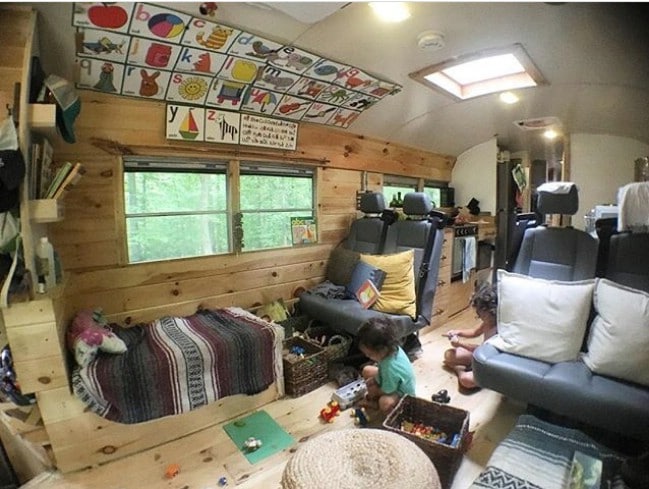
Finally, one more thing you will need to think about is a lifestyle decision, and that is whether to homeschool your kids or not. A lot of tiny home owners do this because it gives them the freedom to move around or live off the grid. The downsides are that you get less alone time, and your kids miss out on a chance to learn with their peers in a school setting.
There is no one answer to this question that is going to apply to everyone. For some families, homeschooling may be the best option, while for others, sending children to a traditional public or private school may make more sense.
Conclusion: Living in a Tiny House with Kids is a Challenge, But You Can Make It Work
If you have been holding off on moving into a tiny house because you have kids, you might want to consider going ahead with your idea. If your kids are old enough to give you their input, talk to them about it and see if they are open to it. If they are still very young, they should adapt to tiny house living just fine if you come up with a layout which will provide them with the space and privacy they need to learn and play in comfort.

